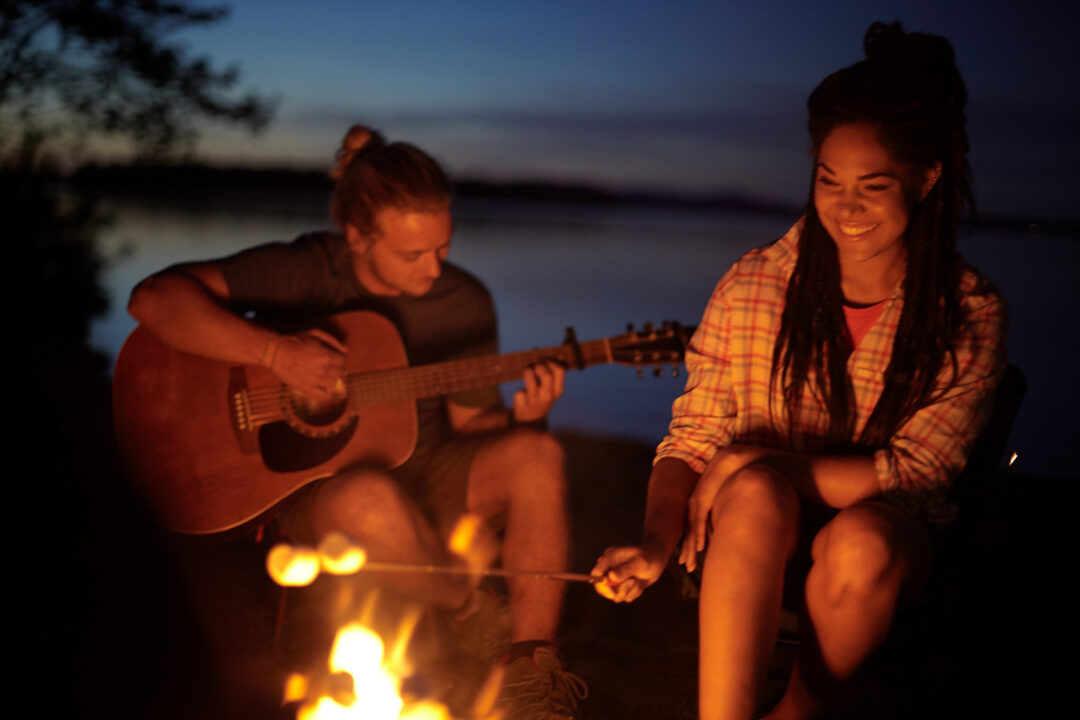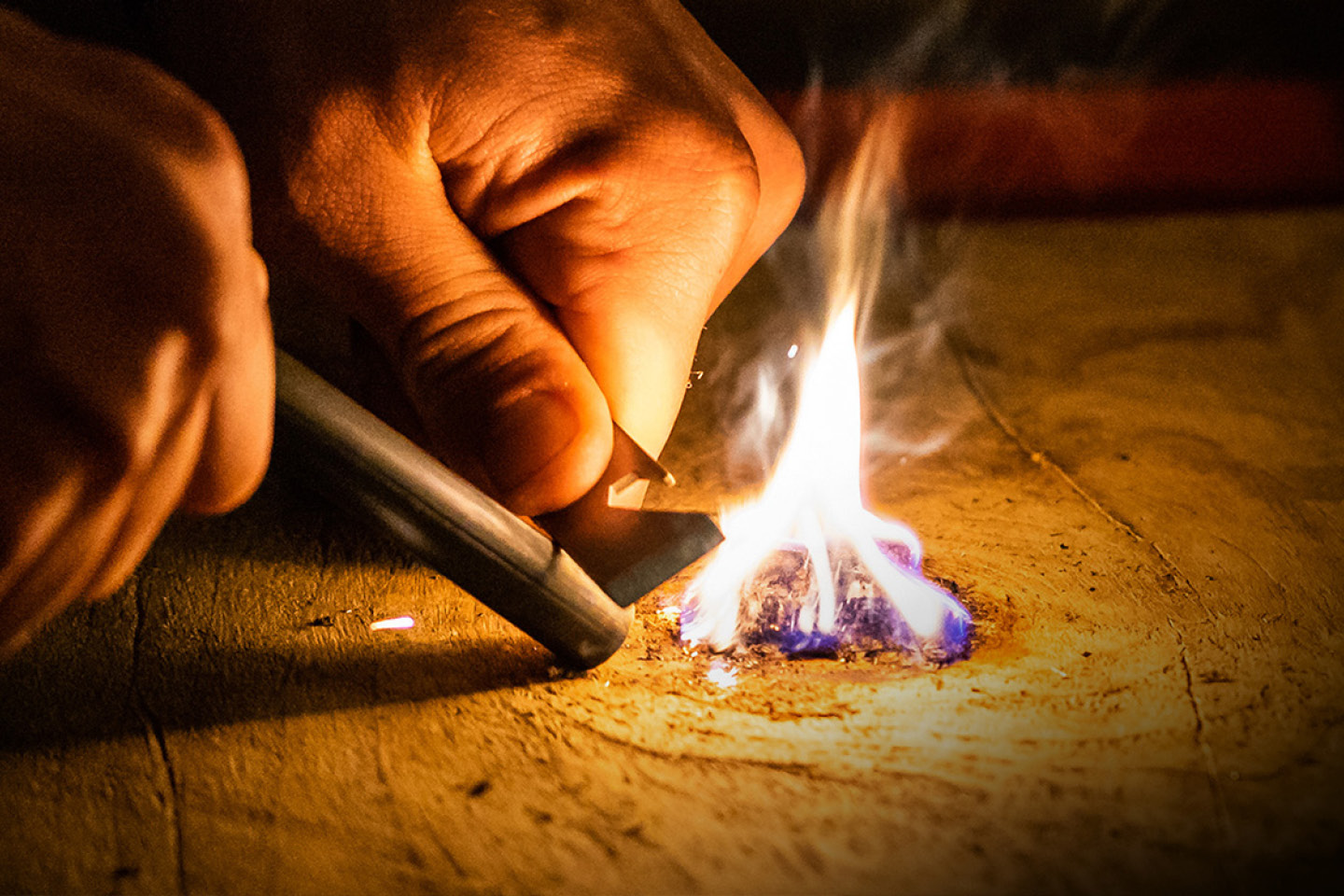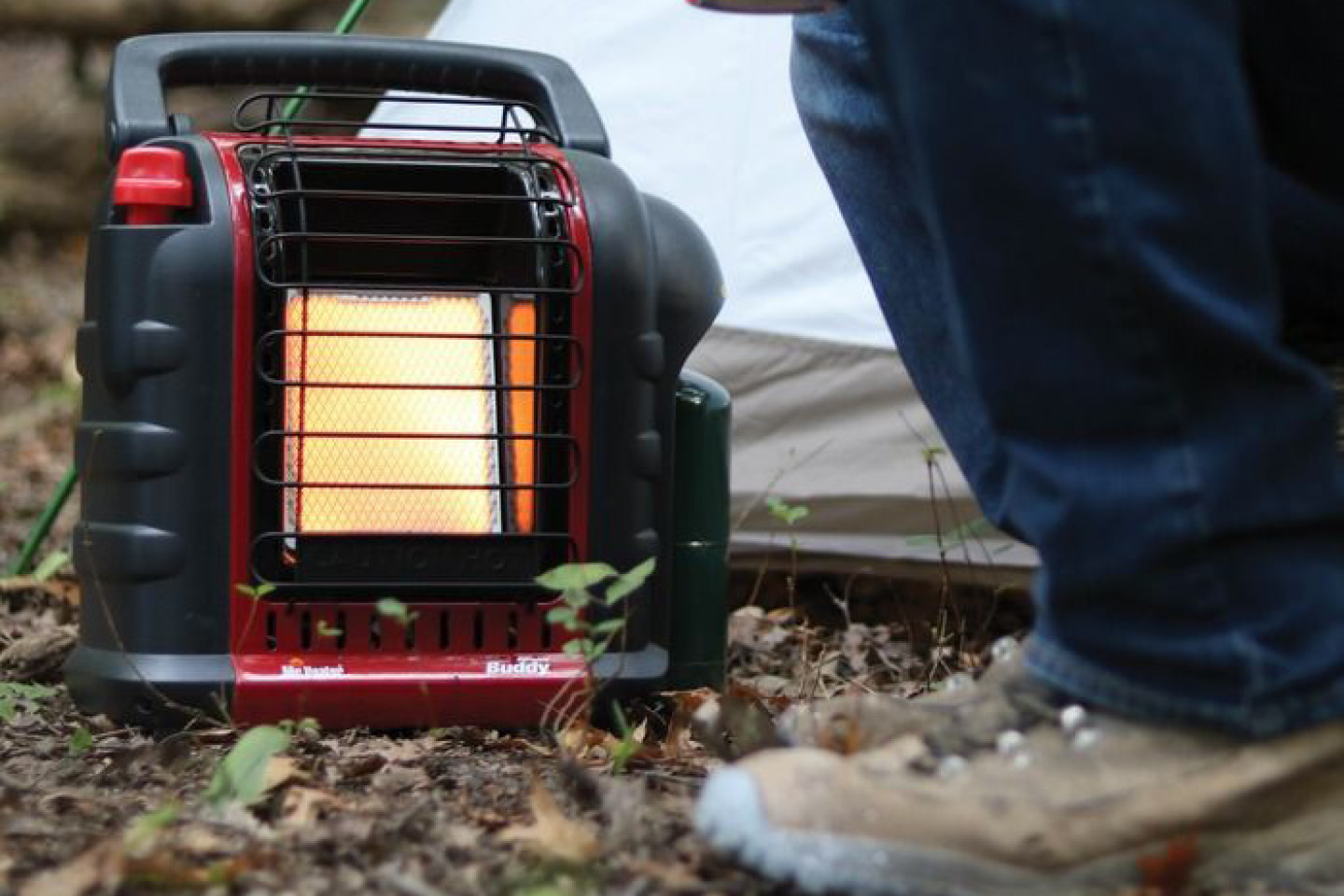How to choose a camping tent for any adventure
Tents | July 14, 2025
SAIL
May 1, 2023

A campfire is often a staple of our outdoor life. Along with the crackling of the flames, we find at once a source of heat, a way to cook, and the perfect atmosphere to recount the best moments of the day. However, lighting a fire every night while camping or at the chalet is not without consequences for our health and our environment.
Among the negative implications, we must mention the degradation of air quality in certain camping areas (as documented by Yamaska Park in Quebec), emissions caused by the CO2 trapped in logs and released as they burn, the risk of spreading insect pests when transporting wood from one region to another, forest fire hazards, and a strain on wood – a precious resource, essential for those nights around the campfire we so strongly associate with camping.
So, here are some ideas to help you enjoy campfires in an eco-friendly way without risks and negative impacts!
This article was produced in collaboration with Earth Day Canada
In this article, you will learn more about how to make campfires more eco-friendly:
The first good habit to adopt is to integrate campfires into your logistical planning. For example, you want to find out about any open fire restrictions in the area you are visiting.
If you are on a regulated site, other rules that aim to protect the surrounding ecosystem and your health apply. For example, restrictions on campfire duration limit air quality degradation in busy areas. Another important point: it is essential not to transport your wood from one region to another to avoid the spread of harmful insects. Most sites supply their own wood for this reason! Alternatively, you can get it from a nearby store.
When you are out in the great outdoors, it is especially important to ask yourself the right questions in order to follow the Leave No Trace principles! Are you able to build a fire with the smallest possible footprint and eliminate all risks of wildfires? Is there enough dry wood for you to collect without degrading the appearance of the site? It is better to give up making a fire than to distort the landscape you wanted to enjoy… and the whole ecosystem it shelters!
If there is already a designated fire pit at your campsite, use it. Otherwise, choose a place clear of trees, bushes, and inflammable dead leaves, for example on sand, gravel or beaten earth… Question yourself about the trace you will leave!
It can be tempting to pick up branches and twigs around your living area. However, in addition to participating in the fertility of the forest floor, wood provides a living environment for a whole discrete microfauna which is at the base of an entire food chain. In order not to upset this balance (and not risk introducing insect pests), it is best to obtain your kindling and firewood from a local shop or from the site where you are camping.
If collecting combustible materials for the fire is authorized on your site, take care to pick up only branches and twigs that have fallen to the ground to preserve the surrounding life. To do this, move over a large enough area to avoid picking all the wood in the same place, taking care not to trample the vegetation.
Forget gasoline and dryer lint to light your fire; they give off toxic odours and fumes! The easiest thing to do is to get suitable fire starters by researching their impacts.

There is nothing like damp wood to produce maximum smoke! If you do not want to smoke up the whole area (and your lungs at the same time), then keep your wood dry. Another useful reminder: even if it is tempting to burn waste, it does not help the planet or your health because of the toxicity the fumes produce.
A small fire will produce less smoke and have less impact on the surrounding area. It will also be easier to master. The secret is to use smaller pieces of wood and not stack them too high.
Watch your fire (and your children) at all times, and always keep a container of water handy. Before leaving your campsite or going to bed, be sure to extinguish your fire completely. To do so, pour water over the embers and stir the ashes until they are cool to the touch. Finally, check the fire pit and the surrounding area for embers or sparks, as these can come back to life in the wind!
If your goal is to stay warm, there are other ways to do so than having a bonfire. When packing your bags, bring a windbreaker, a sweater, a toque or even gloves to put on before the first shivers appear. If you have a trailer or a shed, rather than staying in the cold around a fire, consider investing in a space heater that will guarantee you have a year-long, constant heat source in your interior.

As far as cooking goes, the pleasure of half-charred marshmallows and food is sometimes overrated – especially when compared to the gastronomic possibilities offered by better-controlled cooking. Equipment for camping cookouts, in their light or user-friendly versions, are your allies to prepare gourmet meals outdoors, do not forget about them. There is something available for every need and every budget!
The smell of smoke may have its charm for some, but it is good to keep in mind that there are many other ways to appreciate the beauty of our evenings in the outdoors. Among these not-so-crazy ideas are all sorts of great opportunities for discovery. You may take a liking to admire the starry sky in the dark, for instance, or gather around several candle lanterns… It’s all about varying campfire pleasures!